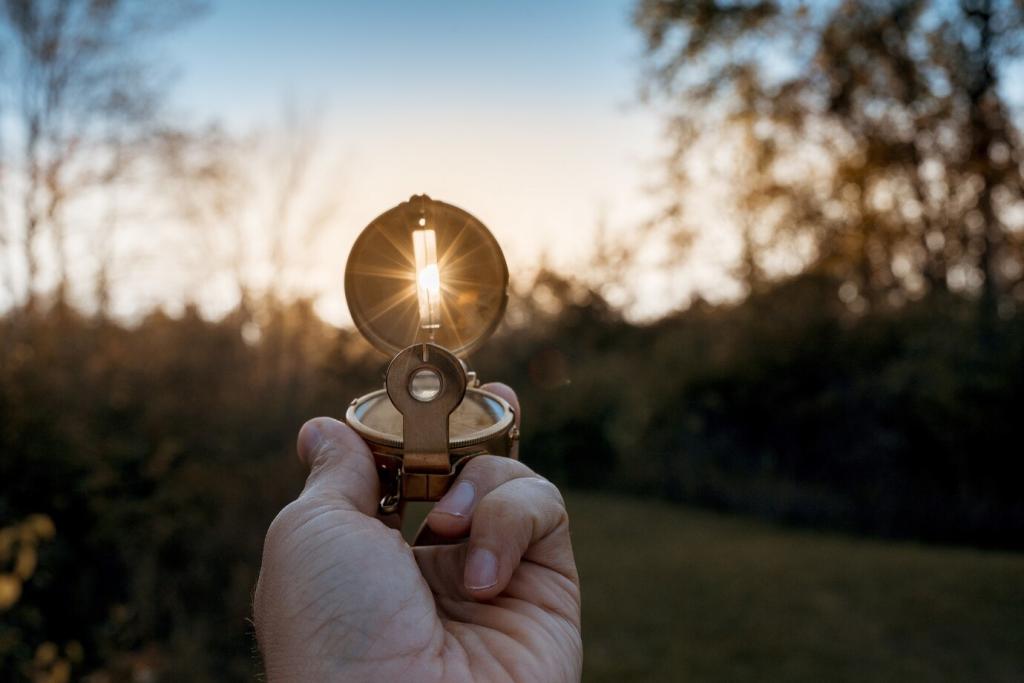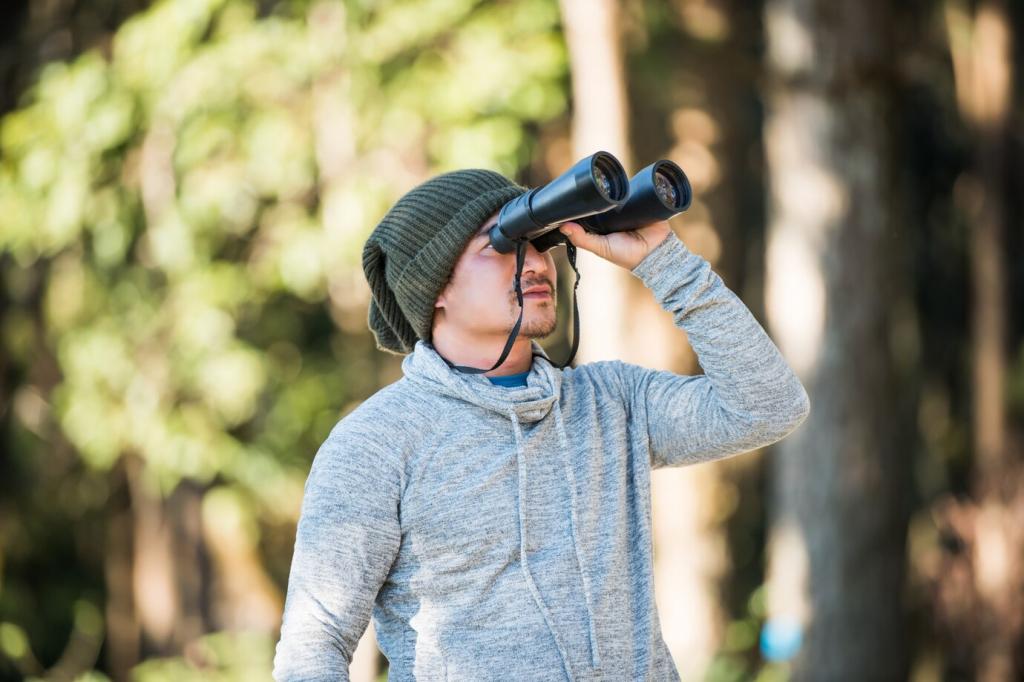Exploring Abandoned Urban Spaces with a Minimalist Approach
Chosen theme: Exploring Abandoned Urban Spaces with a Minimalist Approach. Step into forgotten corners of the city with a clear mind, a light pack, and a respectful heart. We focus on quiet details, careful ethics, and honest, human stories. Subscribe and join a community that values simplicity, permission, and meaningful observation over spectacle.

Travel Light, Notice More
Carry only what keeps you present: water, a phone, a small notebook, and a simple camera. Fewer objects mean fewer decisions, leaving room for texture, light, and stories to emerge naturally.

Leave No Trace in the City
Urban exploration still demands stewardship. Stay on publicly accessible paths, avoid disturbing fragile materials, and take only photographs. Your restraint preserves the site’s integrity for future visitors and dignifies its layered history.
Safety, Legality, and Respect
Seek legal opportunities: public open days, community heritage events, and guided walks. Many cities host sanctioned tours of historic sites, offering safe, informed access without trespassing, and connecting you with knowledgeable local storytellers.



Composing Silence: Minimalist Photography and Notes
Choose a single subject—an iron stair, a faded sign—and let the background breathe. Use negative space to reveal form, guiding the eye slowly so the viewer feels your stillness and careful attention.
Composing Silence: Minimalist Photography and Notes
Work with available light. Overcast days soften contrast, while late afternoon defines edges gently. Avoid heavy editing; let the site’s true tones speak. Authentic shadows protect the mood and preserve historical texture.
Textures, Lines, and Time
Concrete Whispers
Many early twentieth-century municipal structures used reinforced concrete. Flaked edges and exposed rebar trace years of water and freeze-thaw. Study these marks from a safe distance; they sketch a biography in mineral handwriting.
Rust as a Calendar
Iron oxidizes in layers of ochre, cinnamon, and deep umber. Each hue hints at moisture and air. Photograph a single rusted hinge and you’ll discover a chromatic timeline etched across quiet metal.
Plants Reclaiming Space
Buddleia and grasses anchor in mortar cracks, welcoming pollinators back to forgotten corners. Note species you recognize, and share observations with readers. Ecology reveals how cities heal when footfalls grow rare and gentle.

Routes that Breathe: Planning Simple, Slow Walks
Limit your exploration to sixty minutes in daylight. By narrowing scope, you deepen attention. The smaller the plan, the richer the discoveries, and the easier it is to honor safe boundaries.
Routes that Breathe: Planning Simple, Slow Walks
Public sidewalks, bridges, and transit platforms offer lawful vantage points. Passing trains reveal rooftops; riverside paths frame old warehouses. Let movement guide glimpses while maintaining distance and respect for fences and neighbors.

Case Study: The Old Waterworks at Dusk
I brought a small flashlight, notebook, and phone. That was enough. Without bulky gear, I noticed the echo of dripping valves and the earthy smell rising from tiled chambers, steady and comforting.
A single red valve wheel, chipped and matte, held the room’s story. Framed against pale tiles, it felt like a heartbeat paused. One image, one note, and the space felt fully remembered.
I learned patience amplifies meaning. I left only footprints and gratitude. Share your own case study: one lawful visit, one detail, one lesson. Subscribe to read future field notes rooted in restraint.
